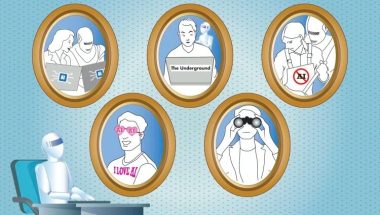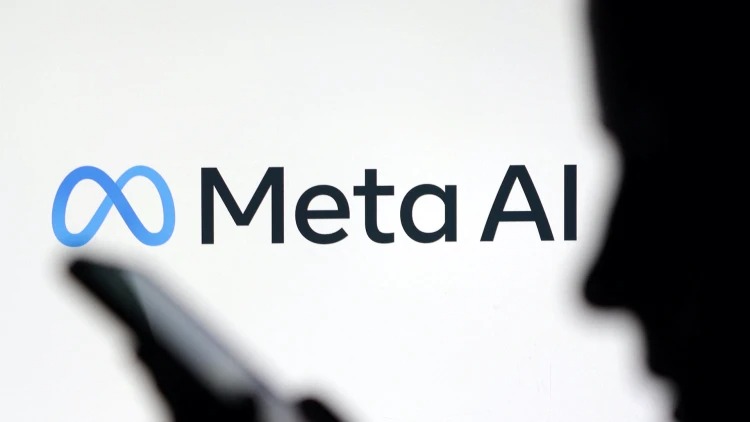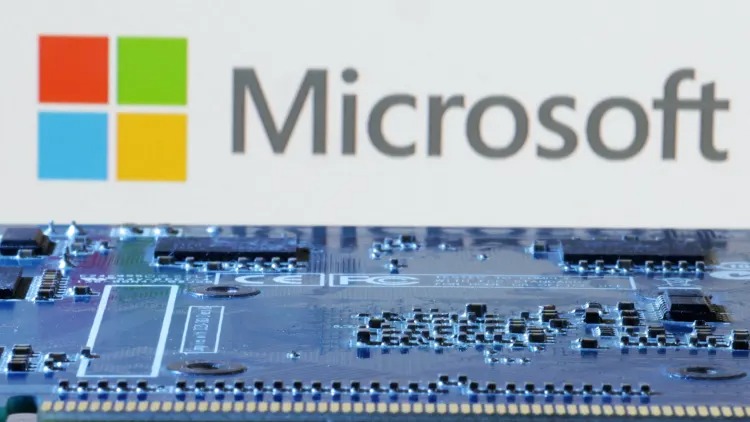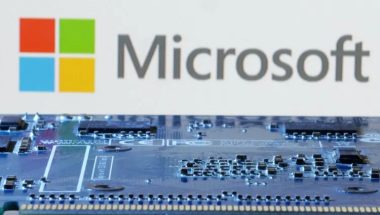- | 9:00 am
3 things I learned by trying Apple’s Vision Pro headset (and 3 I didn’t)
Apple’s first ‘spatial computing’ device is a technological tour de force—and thoroughly Apple-esque in all the right ways. But will people conclude that it might be worth $3,500?
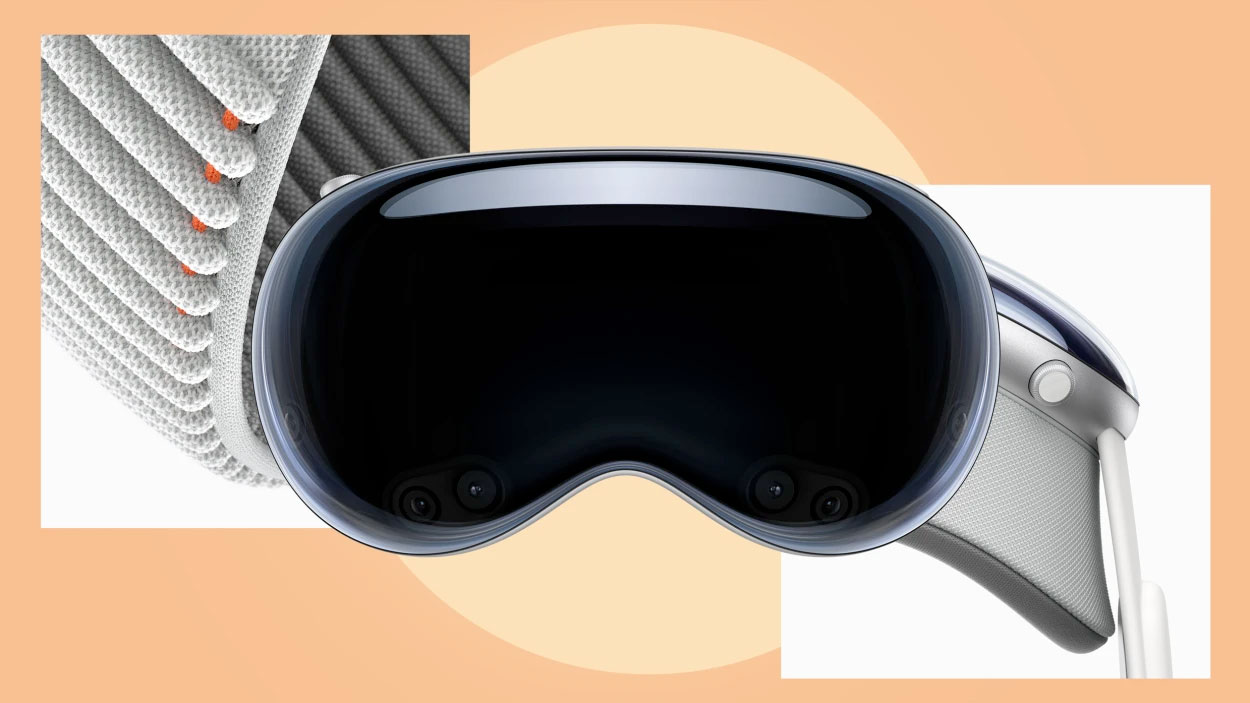
More than any consumer technology before it, mixed reality does not lend itself to effective demos in plain old physical reality. After all, the whole point is to create uniquely immersive first-person experiences that transcend the two-dimensional nature of most computing interfaces.
Even if Apple prefers the term “spatial computing,” its new Vision Pro headset is most definitely a mixed-reality device. So there was only so much the company could convey about the much-awaited product during its canned-video WWDC keynote on Tuesday morning—a fact it acknowledged a couple of times during the event.
Later, in my WWDC visit to Apple Park, however, I got to try the Vision Pro for myself. After going through a fitting process—I turned my eyeglasses over to someone who stuck them in a machine to reverse-engineer my prescription—I spent about a half hour stepping through the Vision Pro’s features with a couple of Apple employees. During this guided tour, I browsed through photos that floated in front of me—and, in the case of a panoramic landscape scene, surrounded me in a breathtaking you-are-there effect. I made a FaceTime call with another Vision Pro user. I got glimpses of what baseball, movies, and wildlife will look like to Vision Pro users, and even managed to avoid being stomped on by a dinosaur in VR.
With the headset still a work in progress—Apple says it will go on sale in early 2024—I didn’t get to explore every aspect of the product. For example, the demo didn’t include voice input, just hand gestures. Neither did I see EyeSight—the seemingly weird bit of technology that renders a Vision Pro wearer’s eyes on an exterior screen, with the goal of making the headset less of a barrier between users and others they interact with in physical space. And while I saw 3D photos and videos shot with a Vision Pro, I couldn’t take any myself.
With all that in mind, you shouldn’t mistake what follows for a product review. But I’d like to tell you why using Vision Pro got me excited about its potential, even though its prospects remain shrouded in uncertainty.
$3,500 OF TECH MAKES A HUGE DIFFERENCE
The Vision Pro’s starting price will be 10 times that of the highest-end version of the most popular VR headset, Meta’s Quest 2. That gave Apple the freedom to cram its device with advanced processors, display tech, cameras, and sensors that go beyond anything ever seen in a consumer product in this category. That investment has paid off in multiple ways. The 28-megapixel visual experience makes the Quest 2 look like a Nintendo DS: It’s the first form of mixed reality I’ve seen that I could imagine myself using for hours on end. The 3D effect charmed me despite my abiding 3D skepticism. And the way you interact with what you see—the headset tracks where your eyes are looking and detects hand gestures without requiring you to raise your arms—worked darn close to flawlessly from the moment I started using it.
Maybe Meta could achieve something comparable if it gave itself the kind of budget a $3,500 product affords. But it’s Apple that made that audacious move, and I understand its decision far better after seeing the results for myself.
IT’S COMFY! (RELATIVELY SPEAKING)
When I put on the Vision Pro, I was keenly aware I’d strapped a piece of electronics to my head, and it wasn’t a delightful experience in itself. But by VR/AR headset standards, this headset is surprisingly comfortable to wear, in part because Apple offloaded some of its heft into an external battery pack. I have a really big noggin—2XL hats can be a tight fit—and the Vision Pro, unlike most head-mounted wearables, easily fit and didn’t leave me feeling like I’d wrapped a tourniquet around my skull.
As an eyeglass wearer, I also appreciated the Zeiss optical inserts that eliminated the need to cram my extra-wide Warby Parkers into the headset. Everything was in the same ballpark of crispness as the real world I see when wearing my prescription glasses, including the text on Safari webpages. (Third-party prescription inserts are available for the Meta Quest 2, and I’m newly intrigued by them after using the Vision Pro.)
Even if you find VR cool, as I do, wearing a headset for too long can grow suffocatingly claustrophobic. However, after 30 minutes with the Vision Pro, I wasn’t the least bit eager to get it off my head and return to reality. Time will tell what it will be like to don it for really extended periods—such as the 3 hours and 12 minutes running time of Avatar 2, a movie represented by a dazzling 3D clip during my demo.
IT SURE FEELS LIKE AN APPLE PRODUCT
My colleague Mark Wilson has written about behind-the-scenes conflict at Apple over exactly what Vision Pro should be. Some top executives had their doubts about the whole idea, reports Bloomberg’s Mark Gurman. But however difficult the headset’s birth, it came out coherent and polished.
On the Vision Pro, core Apple offerings such as its Photos app are present in ways that make sense, giving it an instant familiarity that an all-new platform such as Meta Quest can’t match. Making FaceTime calls with other Vision Pro users, such as the Apple employee I chatted with, involves interacting with their “digital personas“—essentially high-end, nearly photorealistic versions of Apple’s Memoji that look to be a lot less creepy than Meta’s equivalent avatars. Even the initial headset setup process, using an iPhone to capture your face and locate your ears, is reminiscent of configuring Face ID.
Apple is presumably still working on bringing this level of sheen to aspects of the product that weren’t part of its demo this week. But it seems to have nailed the process of stitching disparate, radically new technologies into something that’s truly Apple-esque. Even some people who instinctively hate the metaverse might feel at home in this alternate vision of computing’s future.
For all the ways in which using Vision Pro helped me understand it better—and left me with a favorable impression—I still have many questions about it. Such as:
WHAT ARE THE VISION PRO’S KILLER APPS?
The original iPod was about one transformative thing: a thousand songs in your pocket. Steve Jobs pitched the first iPhone as three killer gadgets in one: “a widescreen iPod with touch controls,” “a revolutionary mobile phone,” and “a breakthrough internet communications device.” The iPad started out as a giant iPhone, which I mean as a compliment (not a criticism). In all three cases, the benefit of owning one was pretty clear—in part because Jobs articulated it so brilliantly.
By contrast, the Vision Pro will debut with an array of features spanning productivity, communications, lean-back entertainment, gaming, and beyond. That’s essential in the long run, since a $3,500 one-trick pony would likely be dead on arrival. But the headset could use a handful of signature experiences that feel viscerally irresistible. Spending a half hour with it didn’t clarify for me what those killer apps might be.
Having an elusive value proposition isn’t necessarily a deal-breaking flaw for a new product. For instance, the Apple Watch took at least a couple of generations to find its groove as a wearable with health and fitness at its core. Over time, Vision Pro could go through a similar crystallization. Then again, given that it won’t ship until next year, its mission in life might be clearer by the time people can plunk down money for one.
HAS APPLE OVERCOME AR/VR’S ANTISOCIAL ASPECT?
Reality-modifying headsets have been burdened with negative connotations ever since the days when Google Glass owners became known as “glassholes.” Even today, being in the presence of someone deep into a VR experience can be off-putting; human beings, it turns out, get a lot of benefit from making eye contact with each other.











